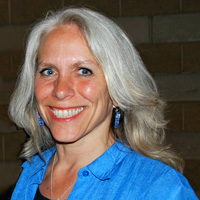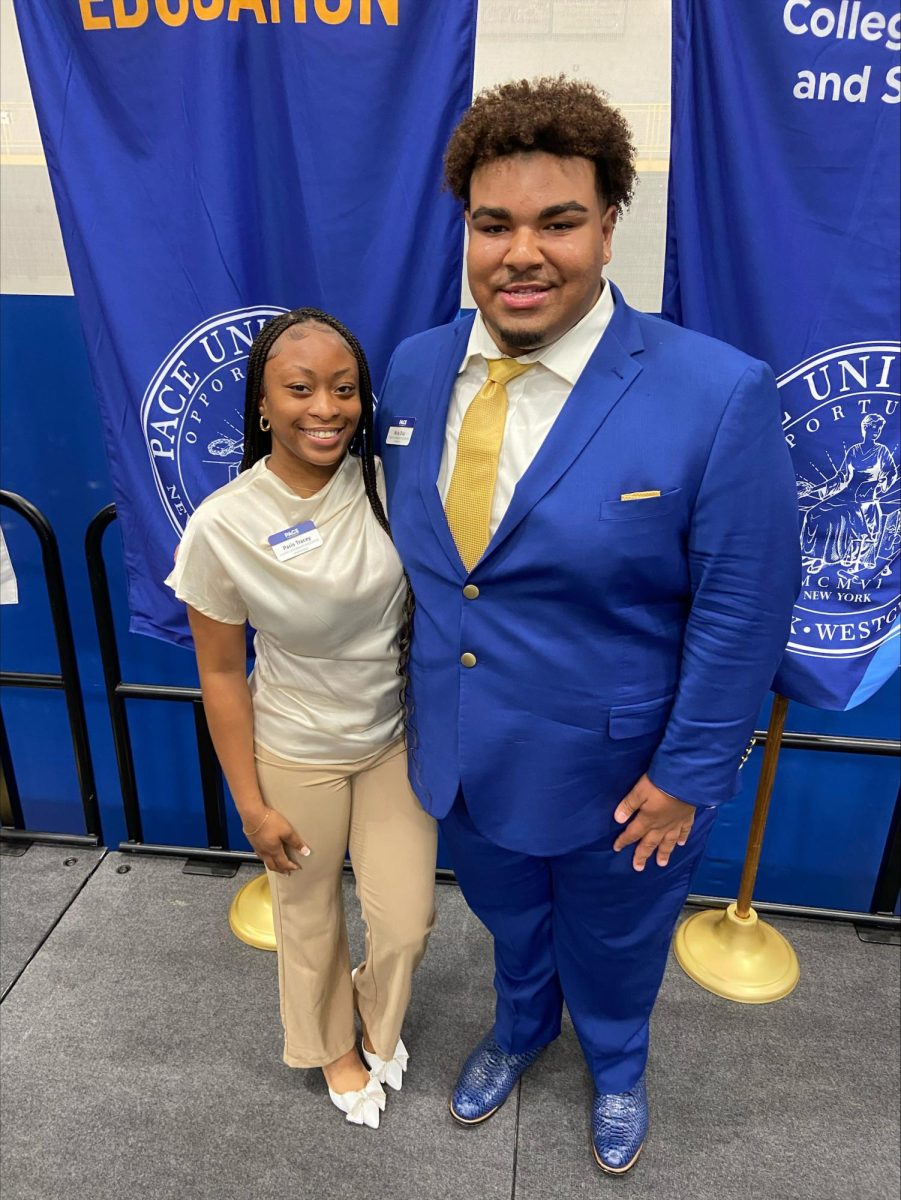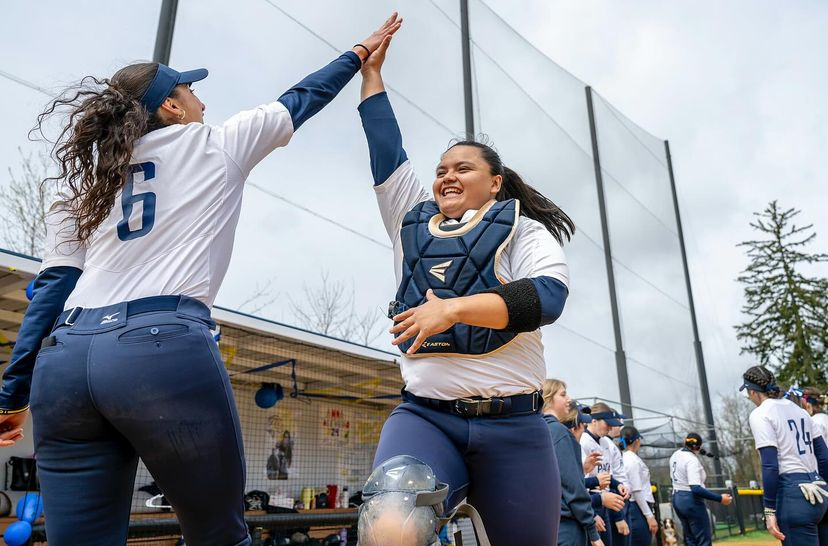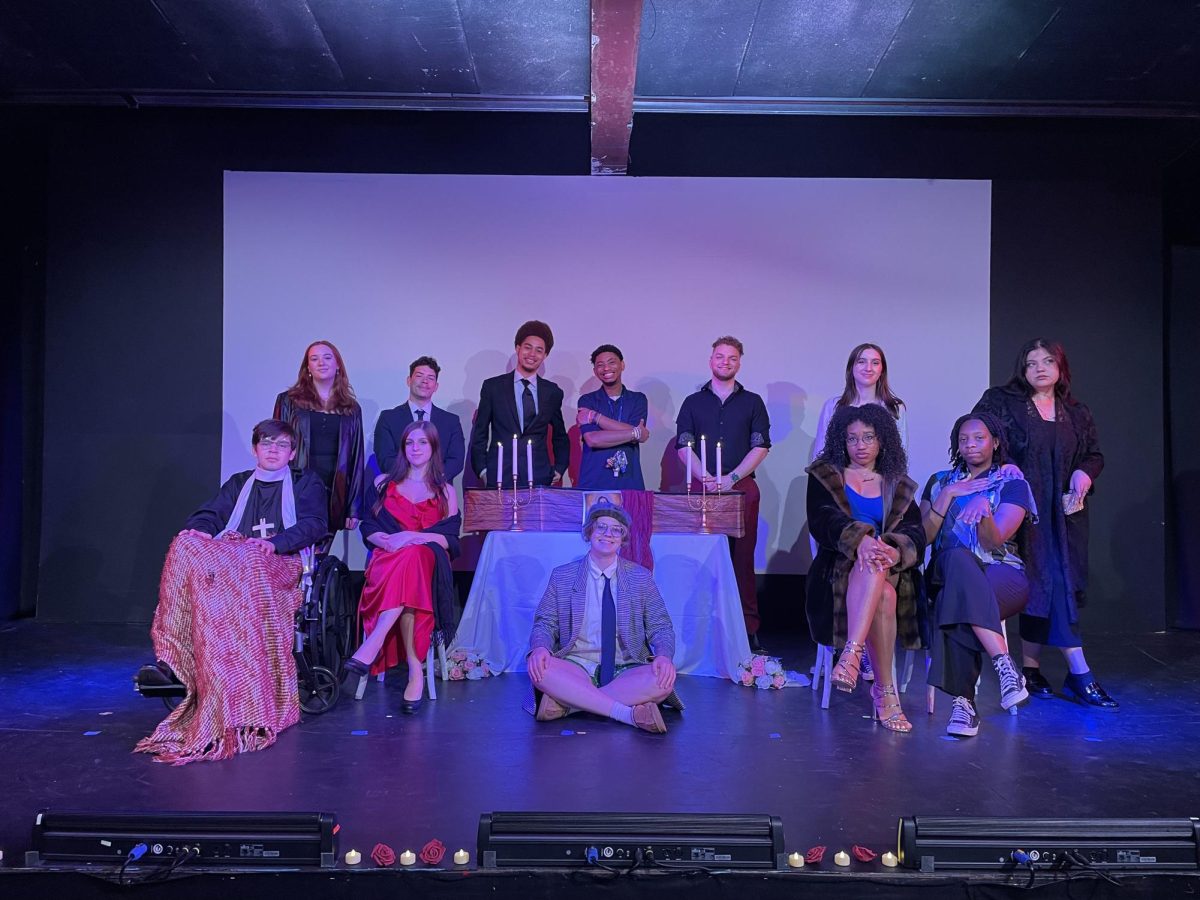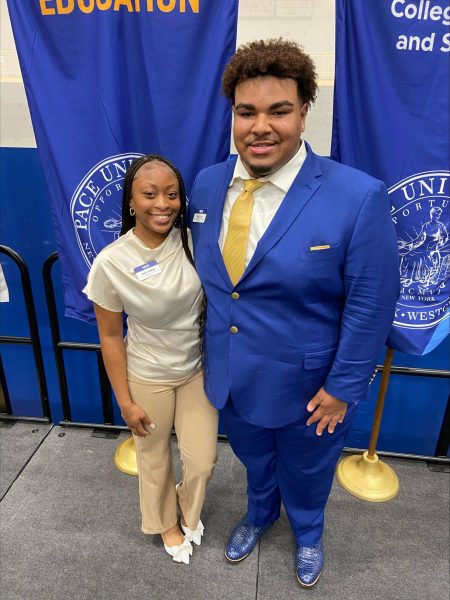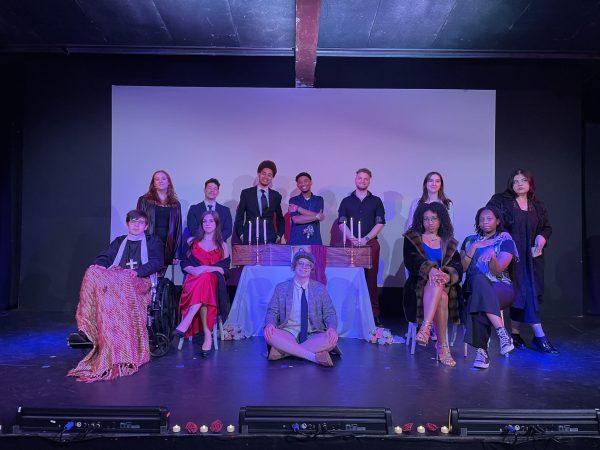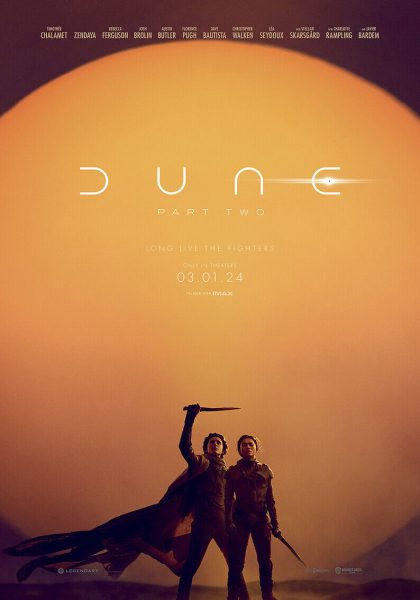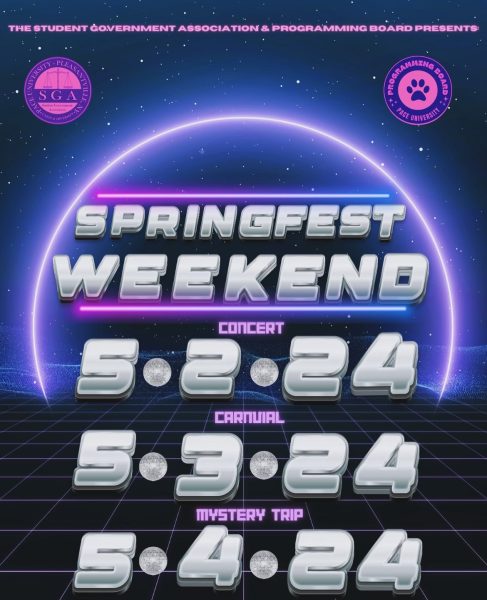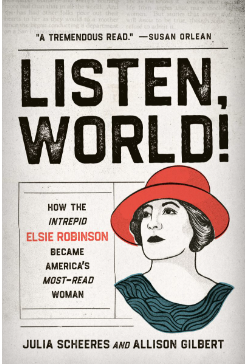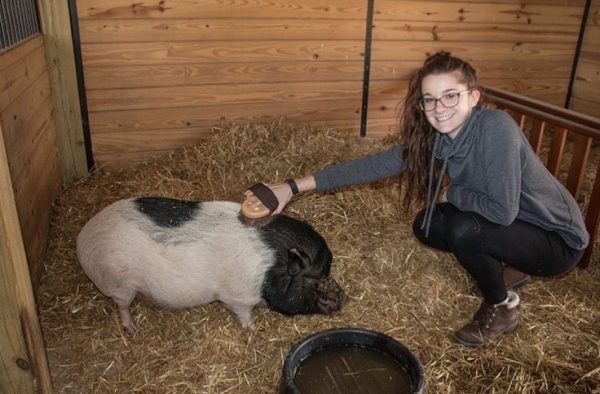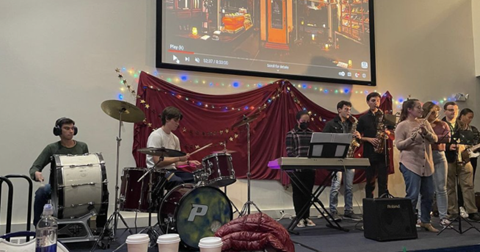Students Discuss Sexuality With Guest Speaker Robyn Ochs
October 30, 2014
Pace University Multicultural Affairs and Diversity Programs hosted an event called Beyond Binaries, featuring guest speaker Robyn Ochs.
Cornell Craig and Rachel Simon, Director and Assistant Director of Multicultural Affairs and Diversity Programs, respectively, joined students for Ochs’s presentation including the Models of Sexual Orientation.
Ochs began with the history of analyzing sexual orientations describing the research done by Alfred Kinsey, Fritz Klein, and Michael Storms. She explained that each model included underlying assumptions regarding the participants such as sex, gender identity, and gender expression.
“Sometimes the objectives of labeling in order to clarify sexuality do the exact opposite of that, causing more confusion and blurring the ideas of a person’s identity,” Ochs said. “No two people experience any identity the same way. You may share and intersection with a specific identity but not the same experience.”
She asked the group to participate in an anonymous hands-on study involving her continuum model of underlying assumptions that were overlooked in previous sexual orientation models. This model allows those who do not identify with their biological sex, and who do not follow the gender expression typically associated with their biological sex.
“I like to think of male and female as variations on a theme,” Ochs said. “I love that the male and female anatomy can correlate and that we all start off as an embryo the same.”
Every person participating in the event filled out a survey in which they were asked to rate their sexual attractions, romantic experience, and many other personal questions on a 1 to 7 scale. The scale is based on 1, those identifying with a similar sex as their own, and 7, those identifying with a different sex. This scale does not include the word opposite, as sexuality and genders were explained to be something that cannot be as black and white.
This activity sparked the question of attraction, the differing attractions that people can have, what different people find attractive, and how they may not always be sexual attractions.
“When you think about who you are attracted to,” said Ochs. “Are you attracted because of sex, gender, gender expression, or some combination of them all? I think that sexual attraction is very complicated and consists of so many differences for every person.”
Those that participated in the activity explained what they were able to take away with them from the study and discussion. Many spoke on the idea that the event opened their eyes to a larger spectrum of sexuality.
“Sometimes, especially in college, friends can draw an attraction that you may not know out of you,” Simon said. “One day they could be your good friend, and the next, you realize that you are attracted to them.”
Students that are interested in learning more or discussing sexuality beyond binaries should contact the Multicultural Affairs and Diversity Programs at Pace.

